Go Nuts About Nuts To Help Keep Cancer At Bay
Authored by Alexandra Roach via The Epoch Times (emphasis ours),
In their many variations, nuts are a superfood praised as rich sources of minerals, vitamins, amino acids, proteins, and other bioactive compounds.
 (Pavel Kalenik/Unsplash)
(Pavel Kalenik/Unsplash)
Chestnuts are champions for vitamin C, for instance. Pistachios contain the most vitamin A and potassium. Both are high in folic acid. Cashews enrich us with magnesium. The level of vitamin B3 (niacin) is the highest in peanuts, and vitamin E (tocopherol) is found in almonds.
Walnuts are especially high in alpha-linolenic acid (ALA), a neuroprotective omega-3 fatty acid important for normal growth and development. It also has been shown to induce apoptosis (programmed death of cells) in breast cancer cells.
Our bodies cannot produce ALA, hence, nutritional intake is a must, as it is with many other key nutrients.
Research Supports the Benefits of Nuts
A 2023 review published in the journal Foods, found mounting evidence that a nut-rich diet can potentially prevent numerous chronic illnesses.
According to the report, “The ingestion of phytochemicals from nuts and their positive influence on several diseases (cancer, heart disease, stroke, hypertension, birth defects, cataracts, diabetes, diverticulosis, and obesity) are established.”
In addition to the improvement of cardiovascular disease, depression, and cognitive function, nut consumption is correlated with lower cancer incidence and cancer mortality, and decreased all-cause mortality, states a 2021 review.
The Nut/Cancer Health Connection
The World Health Organization predicts a considerable increase in cancer, with a potential of 32.6 million cases worldwide by 2045.
Effective strategies, such as increasing dietary fiber, eating more fruits and vegetables, and physical activity, could potentially reduce cancer risk factors by approximately 42 percent.
The journal Chronic Diseases and Translational Medicine published a 2023 review about the interrelation of nut consumption and different types of cancer, including women-related and gastrointestinal cancers.
Data suggests that eating nuts not only reduces “cancer-related risk and mortality,” but possibly prevents the occurrence of certain types of cancer and its advancement. Nuts contain active anticarcinogenic compounds such as “folate, phytosterols, saponins, phytic acid, isoflavones, ellagic acid, α-tocopherol, quercetin, and resveratrol,” according to the review.
The research points to certain phytochemicals and their mechanisms as preventatives for cancer.
Accordingly, walnuts, pecans, almonds, and pine nuts contain polyphenols, which inhibit carcinogenesis that is chemically induced. Likewise, hazelnuts and brazil nuts hold helpful properties, called isoflavonoids, to balance hormonal mechanisms.
Most nuts are strong antioxidants that counteract oxidative stress and guard our DNA—the health benefits list of nuts is long.
Nuts at a Glance
Walnuts
A review published in the journal Nutrition outlines the cancer-preventative properties of walnuts, as researched in animal studies with mice. It summarizes the following points:
- A diet enriched with walnuts prevented the increase of “human breast cancers implanted in nude mice by [approximately] 80%.”
- Mammary gland tumors were reduced by approximately 60 percent through a diet containing walnuts in a mouse model.
- “Walnuts slowed the growth of prostate, colon, and renal cancers by antiproliferative and antiangiogenic mechanisms.”
Another interesting fact was shared in the review. Comparing the intake of whole walnuts to a diet equally rich in n-3 fatty acids, the reduction of tumors in the mammary gland was greater when ingesting whole nuts. This reinforces the idea that active components in walnuts act synergistically to suppress cancer.
Walnuts also proved their antitumorigenic qualities in an animal study in vivo in mice. Compared to the corn-oil-based control group, the walnut group featured two major improvements—the tumor growth rate was slowed by 27 percent, and the tumor weight was reduced by 33 percent.
Reducing inflammation in the body benefits many health conditions, amongst others cardiovascular disease, obesity, diabetes, and cancer. Walnuts have proven valuable in all.
A randomized controlled trial tested a daily intake of 56 grams of walnuts (366 calories) in 46 overweight adults. Another trial analyzed the same amount on diabetic patients. Both results showed that the increased nut intake improved endothelial function significantly, which is key for healthy blood and lymph vessels. In turn, endothelial cells are needed to protect from vascular malfunctions—the hallmarks of several types of malignant disorders.
Almonds
Contrary to common belief, regular almond intake does not lead to weight gain, although the nuts contain almost 50 percent fat. Instead, almonds “appear to promote weight loss,” affirms a research paper published in the Journal of the Science of Food and Agriculture, which benefits obesity-related illnesses, such as cardiovascular disease and cancer.
However, almonds also contain the highly controversial and much-researched bioactive compound glycoside amygdalin. Highly controversial because its pharmaceutical development as an anti-cancer treatment continues to be a topic of discussion in the pharmaceutical world.
As a commercial drug, amygdalin is distributed under the name Laetrile but has since been shown to have serious side effects, such as damage to nerves and the liver, a lack of oxygen in the blood, and confusion. Furthermore, the U.S. Food and Drug Administration has not approved Laetrile and has said that the compound shows only little anticancer effect.
In contrast, a review in the Journal of Cancer Research and Therapeutics praises amygdalin’s few side effects, its low cost, and especially its excellent results in the battle against multidrug resistance. Furthermore, the compound can be easily naturally sourced as it occurs in the kernels of many fruits and is a compound in nuts.
A 2023 comprehensive review published in the International Journal of Molecular Science relates the same hopeful message: “Amygdalin seems to be a promising naturally occurring agent against cancer disease development and progression.”
While Amygdalin has proven its anti-tumor qualities, it is still not recommended as an extensive remedy, as some challenges need to be overcome.
Its correct dosage heavily depends on the type of bacteria present in a person’s gut. Therefore, researchers have not been able to find an across-the-board therapy. “Unfortunately, there is currently no foolproof method for determining the microbial consortium and providing a safe oral dosage for every patient,” researchers state in a 2022 review.
Scientists place their hope in modern nano-technologies as they further explore the qualities of amygdalin in cancer treatment. “There are several pieces of evidence to support the idea that amygdalin can exert anticancer effects against lung, breast, prostate, colorectal, cervical, and gastrointestinal cancers.” The compound “has been reported to induce apoptosis of cancer cells, inhibiting cancer cells’ proliferation and slowing down tumor metastatic spread,” according to the above-mentioned 2023 review.
A 2019 article published in Cancer Medicine that dials in on amygdalin, primarily found in bitter almonds, not only highlights its “antioxidative, antibacterial, anti-inflammatory and immunoregulatory activities,” but investigates the clinical value of the anticancer agent.
The compound introduces cytotoxicity and apoptosis in the body and balances the immune function, which affects especially “solid tumors” such as lung or bladder cancer and renal cell carcinoma.
Despite limiting factors, such as the “primary stage” of both clinical and experimental research and the lack of high-quality publications on the topic, researchers still believe these studies to be promising regarding cancer treatments.
Many may not be surprised that walnuts and almonds provide us with these health benefits. However, the following nut, which botanically speaking, is a legume, often gets a “bad rap” as a common allergen. Nevertheless, research shows its valuable qualities in cancer therapy.
Peanuts
A human study published in the journal Gynecologic and Obstetric Investigation showed that “High consumption of peanuts, walnuts, and almonds appears to be a protective factor for the development of breast cancer.”
The study group included 97 female patients suffering from breast cancer, and a control group of 104 healthy women. Researchers analyzed their seed consumption via the Mantel-Haenszel test method and found a correlation between dietary nut intake and the development of breast cancer.
Peanuts once again portrayed their qualities as functional food in a study that investigated phytosterols (PS), a natural compound that lowers cholesterol levels and prevents cardiovascular diseases. This research suggests that their sterol beta-sitosterol, in particular, holds protective anticancer effects against “colon, prostate, and breast cancer.”
With 207 milligrams PS per 100 grams, unrefined peanut oil has the highest concentration of valuable beta-sitosterol—even higher than olive oil. Peanut butter “contains 144-157 mg PS/100 g.” Further refinement of the product results in lower rates of the active compound.
Another healthy property of peanuts is the polyphenol phytochemical resveratrol—the target of a review focused on anticancer agents. In addition to peanuts, sources of resveratrol include grapes, red wine, and other berries.
Researchers point out that people benefit from the consumption of this powerful antioxidant, as it displays “strong anti-tumor activities through inhibiting tumor cell proliferation, inducing cell apoptosis, promoting tumor cell differentiation, preventing tumor invasion and metastasis, and further moderating the host immune system to kill tumor cells.”
In fact, the nickname “French Paradox” was given to resveratrol’s impact on the health of the French people, as it seems that the compound counteracts the French diet, which is often high in fats, and protects consumers from cardiovascular disease and more.
Pistachios
Another inconspicuous nut with plenty of healthy properties comes from the cashew family.
In comparison to other nuts, the health profile of pistachios is even more advantageous. They are low-fat, a good source of vegetable protein, contain a remarkable amount of minerals (potassium) and vitamins (C and E), and are high in dietary fiber.
Both, in vitro and in vivo models have indicated significant regulatory properties in pistachios on oxidative stress, according to a 2022 review. Consequently, eating pistachios also positively affected the risk of chronic diseases, including cancer.
Another 2022 review highlighted resveratrol in pistachios and its favorable role in breast cancer treatment.
Unfortunately, the high cost of this nut often keeps people from regular intake, which would be beneficial to their health.
Diet, Inflammation, and Cancer
It has long been known that lifestyle and diets greatly impact our health.
A 2010 review describes the multistage process of cancer as “initiation, promotion, and progression,” and explains that oxidative stress plays a role in all three phases of tumorigenesis (the formation of cancer), as does chronic inflammation in the body—conditions fought by nuts.
A diet rich in omega-3 fatty acids is beneficial to cancer survival, according to a review published in the Journal of Nutrition that examined several animal studies. In addition, it can lessen side effects that come with chemotherapy and increase the treatment’s efficacy. The review goes as far as stating that the “consumption of omega-3 fatty acids might slow or stop the growth of metastatic cancer cells,” after appropriate cancer treatment.
Walnuts contain the highest amount of omega-3 fatty acids.
Attention to Quality
As phenolic compounds in nuts are highly unstable, they may be impacted by various processing techniques.
Unfortunately, studies are rare, as certain types of nuts also react differently. Research that does exist indicates that thermal treatment negatively impacts nuts, such as hazelnuts, where most of the polyphenol content is found in the skin.
Roasting also alters the profile of nutrients in nuts, which can lead to increased allergenicity and changed protein levels, for instance in peanuts. This processing technique seems to affect almonds and pistachios less—they stay stable or might even slightly benefit from the process. In contrast, the antioxidant profile of hazelnuts and walnuts suffers.
A 2023 overview published in the journal Foods mentions that peanuts blanched in 100 degree Celsius water for 20 minutes were less allergenic. On the other hand, “boiling almonds for 10 min[utes], or cashews and pistachios for 60 min[utes] did not affect their properties.”
Authors of the overview suggest that consumers best educate themselves about the variation of bioactive compounds in nuts and the impact of food processing methods, as well as finding a quality source.
Recommended Daily Intake
A 2020 narrative review highlights the extremely low consumption of nuts and seeds worldwide.
Although nuts are continuously praised as a superfood, and the per-capita consumption in the United States increased to 5.6 pounds per person in 2022, recommended consumption is rarely met.
The Global Burden of Disease Study found in 2017 that “global consumption was only 12 % of the recommended level” of a daily intake of 21 grams. In 2019, the Eat-Lancet Commission upped the recommended everyday consumption to 50 grams of tree nuts and/or peanuts. With an average daily intake of 7 grams of nuts, we do not come even close to that goal.
As a rule of thumb, a 2021 study comes to the conclusions that eating a “handful of nuts” is a practical way of “achieving recommended nut intakes.” Researchers explained that combining various types of nuts in a medium-size handful averages at about 36.3 g, which “resulted in a high proportion of individuals taking at least 80% of the recommended intake of nuts.”
Feel free to mix and match, bake with nuts and seeds, or add them to your salads, lunch, and dinner. Mostly though, just have fun going “nuts about nuts” and assisting your health at the same time.
Alexandra Roach is a board-certified holistic health practitioner, herbalist, and movement teacher who has also worked as a journalist, TV news anchor, and author. She has earned citations from U.S. Army commanders for her work with military personnel and writes with a broad perspective on health.
Tyler Durden
Mon, 05/13/2024 - 22:20


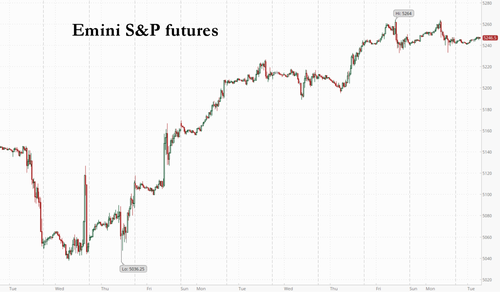
 A barricade protects the American flag at Polk Place at the University of North Carolina in Chapel Hill, N.C., on May 1, 2024. (Sean Rayford/Getty Images)
A barricade protects the American flag at Polk Place at the University of North Carolina in Chapel Hill, N.C., on May 1, 2024. (Sean Rayford/Getty Images)
 A health care worker fills a syringe with COVID-19 vaccine in a file image. (Robyn Beck/AFP via Getty Images)
A health care worker fills a syringe with COVID-19 vaccine in a file image. (Robyn Beck/AFP via Getty Images)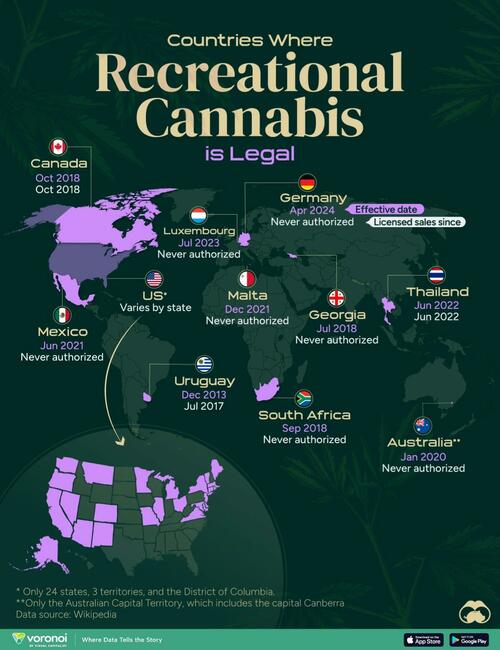




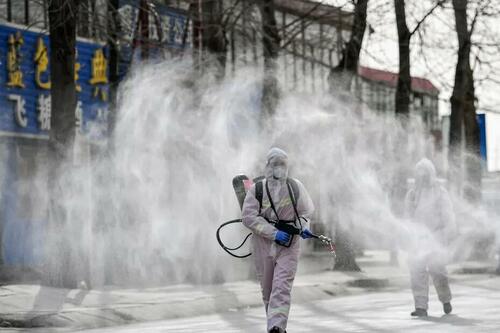 (Top) World Health Organization chief Tedros Adhanom Ghebreyesus speaks during a press conference in Geneva on April 6, 2023. (Bottom) People in protective suits spray disinfectant on a street in Shijiazhuang, which was declared a high-risk area for COVID-19 , in northern China's Hebei Province, on Jan. 15, 2021. (Fabrice Coffrini/AFP via Getty Images, STR/CNS/AFP via Getty Images)
(Top) World Health Organization chief Tedros Adhanom Ghebreyesus speaks during a press conference in Geneva on April 6, 2023. (Bottom) People in protective suits spray disinfectant on a street in Shijiazhuang, which was declared a high-risk area for COVID-19 , in northern China's Hebei Province, on Jan. 15, 2021. (Fabrice Coffrini/AFP via Getty Images, STR/CNS/AFP via Getty Images)
 A pro-Palestinian protestor wears a keffiyeh on the West Lawn of Columbia University, in New York, on April 29, 2024. (Timothy A. Clary/AFP via Getty Images)
A pro-Palestinian protestor wears a keffiyeh on the West Lawn of Columbia University, in New York, on April 29, 2024. (Timothy A. Clary/AFP via Getty Images)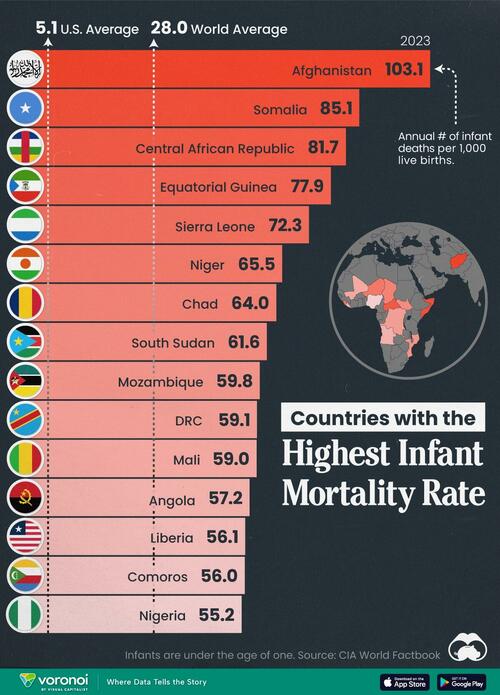

 (Pavel Kalenik/Unsplash)
(Pavel Kalenik/Unsplash)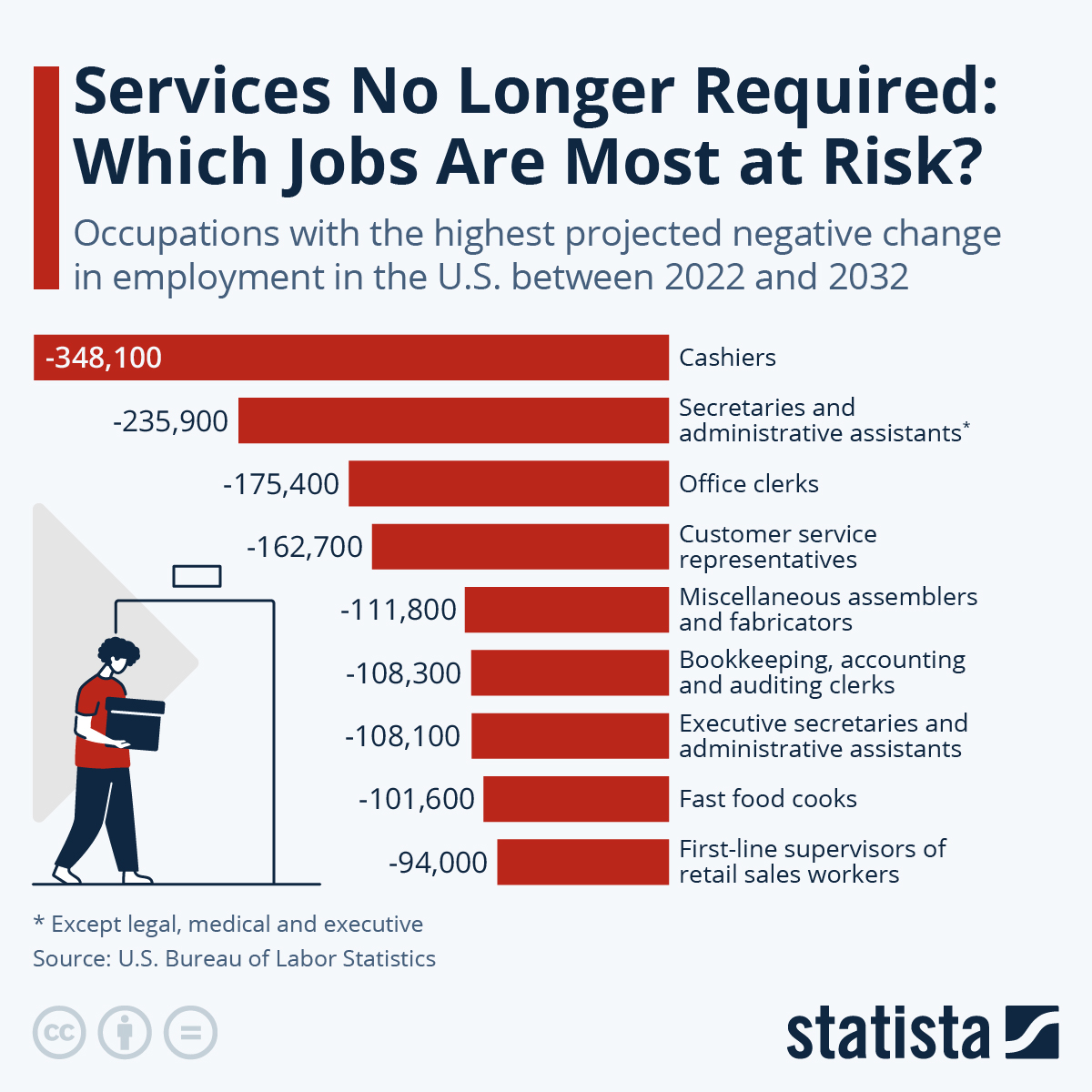
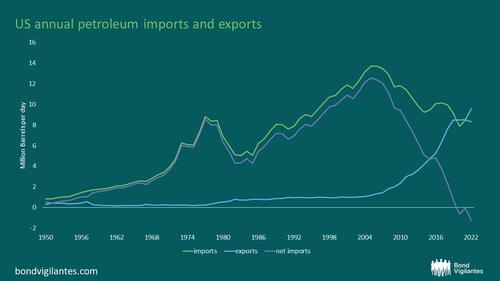

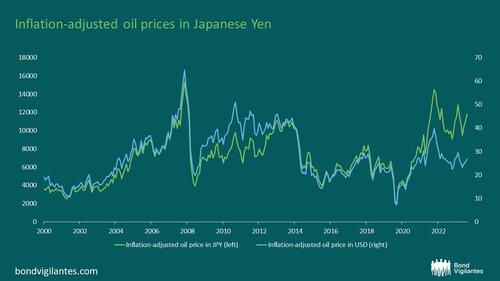


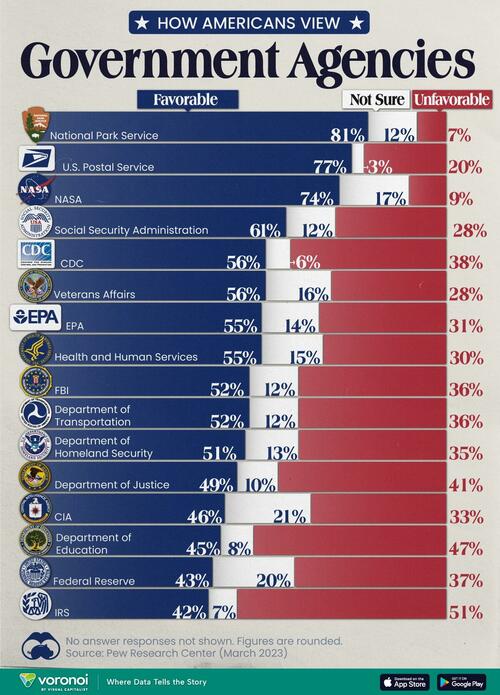

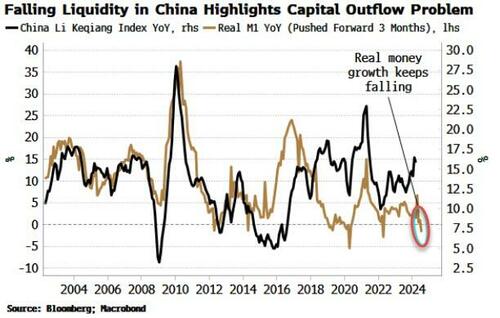



 AFP via Getty Images
AFP via Getty Images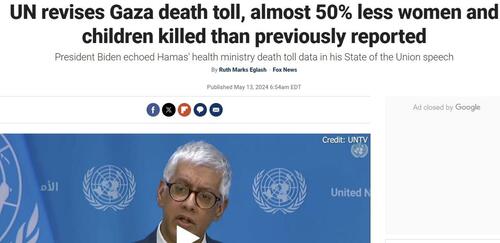
 A file photograph of a judge's gavel. (Joe Raedle/Getty Images)
A file photograph of a judge's gavel. (Joe Raedle/Getty Images) Law enforcement officers recovered a 13-inch khukuri-style blade following an attack on three NYPD officers on Dec. 31, 2022. (U.S. Department of Justice photo/Released)
Law enforcement officers recovered a 13-inch khukuri-style blade following an attack on three NYPD officers on Dec. 31, 2022. (U.S. Department of Justice photo/Released)

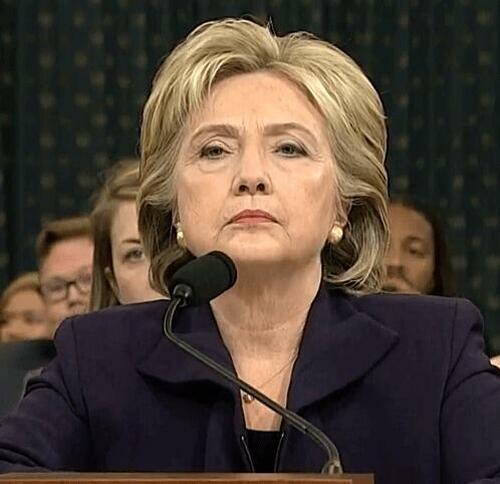
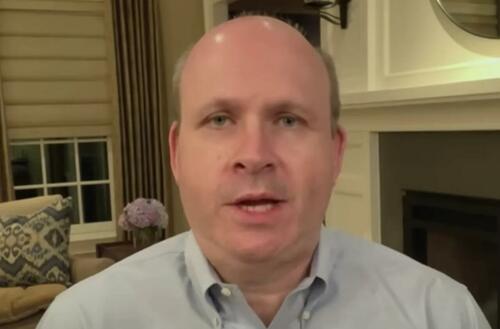
Recent comments